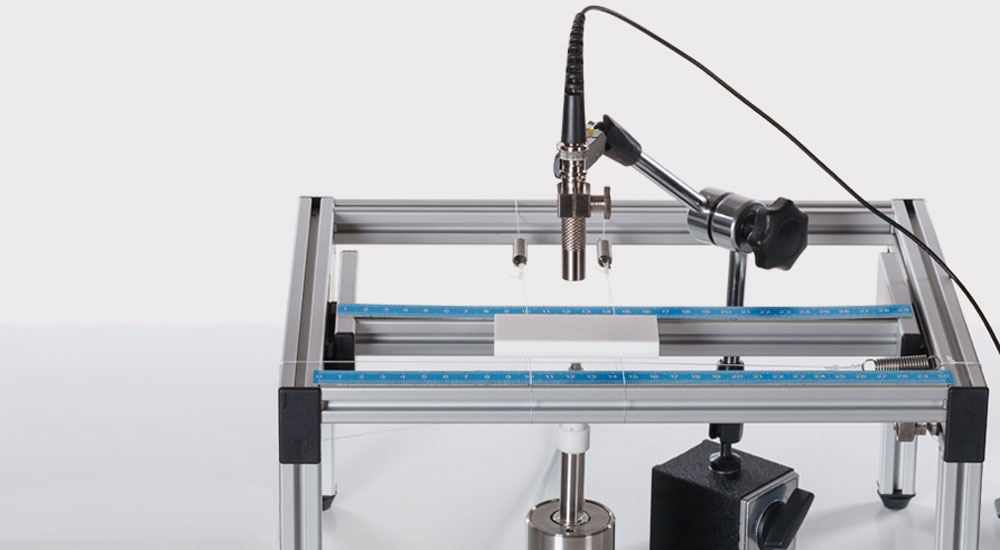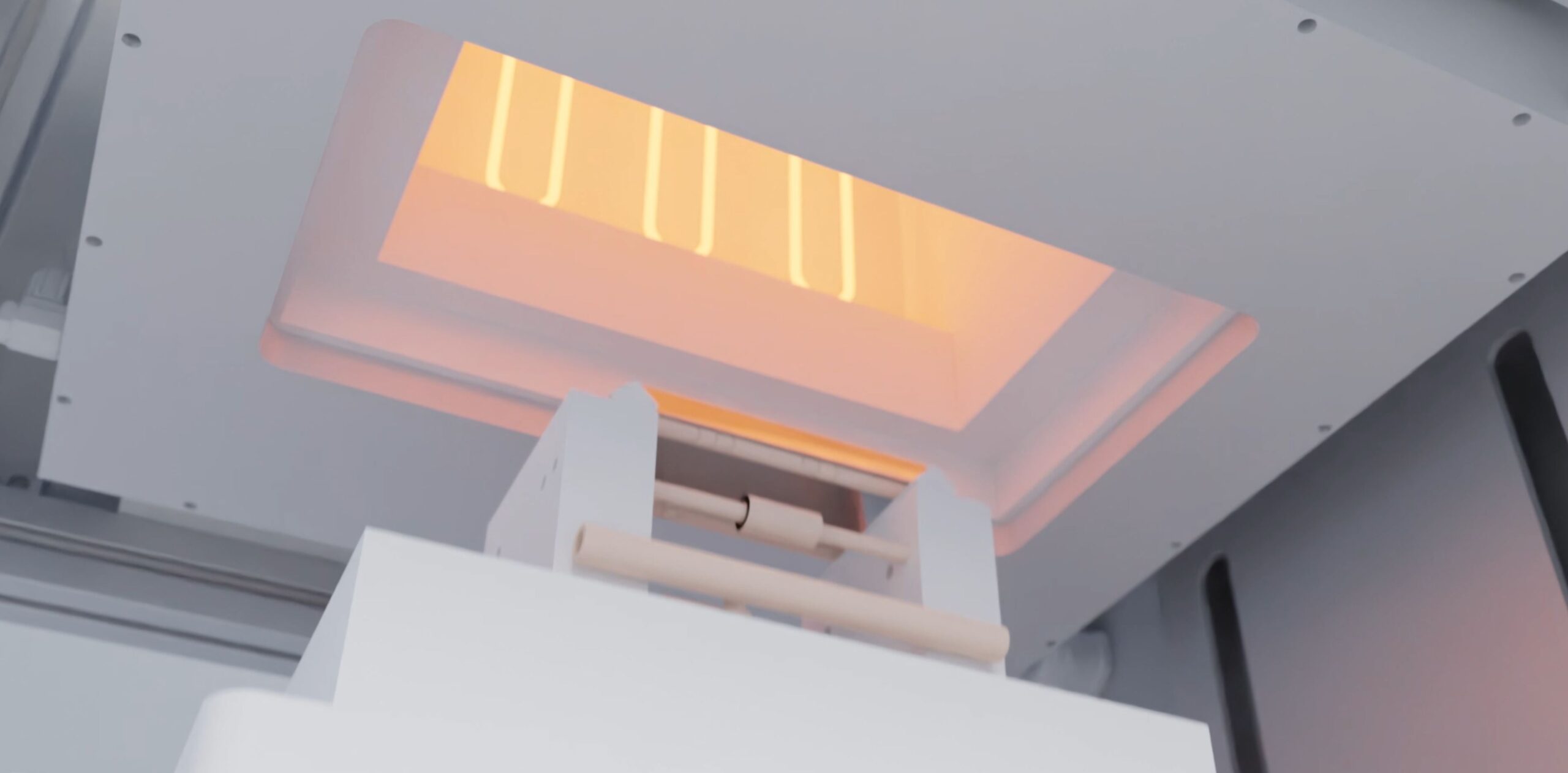Innovation requires extensive research, but traditional testing methods can drastically limit the R&D speed. Traditional destructive testing methods such as Tensile tests, 3- or 4 point bending test or (nano-)indentation tests are not able to keep up with the demands of today’s research requirements. These testing methods are often time consuming and difficult to perform. In-situ properties are needed for process optimisation and material development but this data is impossible to obtain from traditional testing methods.
The RFDA method for impulse excitation testing is a fast, simple and affordable solution that provides more extensive levels of data. With the RFDA, elastic properties such as natural frequencies, Damping, Young’s Modulus, Shear Modulus and Poisson’s Ratio can be identified with high accuracy in a matter of seconds. The vibration amplitudes are very low, allowing you to measure these properties near to the origin of the stress-strain curve.
The required sample sizes start from as small as 20 x 3 x 1 (L x W x T in mm). Less material and instant test results allow you to increase your testing capabilities and gather more data than ever before.
The non-destructive approach even allows for continuous in-situ characterization during temperature cycles. Measurements are performed in a user selectable interval (time or temperature) during heating, holding time and cooling. This results in continuous curves of frequency, Damping, Young’s modulus and/or Shear modulus & Poisson’s ratio which elevates your research and unlocks deeper insights.
Visit us at Ceramics Expo 2024, booth 1012 to discuss your challenges!



Small Instrument, Wide Application Field
The RFDA testing method allows you to:
- Increase testing volumes
- Test small parts
- Generate “fingerprint” of complex parts for product inspection
In a few seconds the RFDA provides the following results:
- Frequency spectrum
- Damping values for each frequency (Q-1)
- Young’s modulus
- Shear modulus
- Poisson’s Ratio

In-Situ High-Temperature Material Characterization Simplified

The RFDA HT-product line facilitates fully automated high-temperature testing of materials by delivering In-Situ measurement curves for ceramics tested at up to 1700°C.
- continuous measurement curves during heating, holding time and cooling
- Small sample sizes minimize waste and sample costs
- Fully automated test procedure and user-adjustable settings provide accurate results every time

Do you have any questions, or do you want to have a demo? Book a discovery call with one of our experts.

